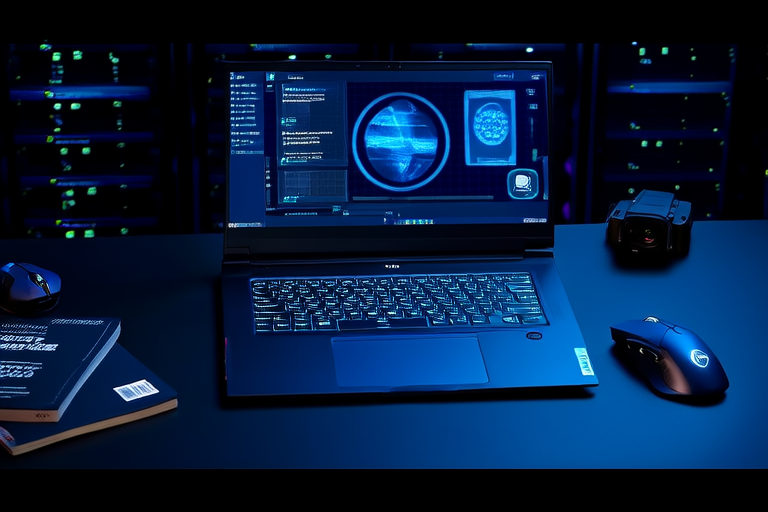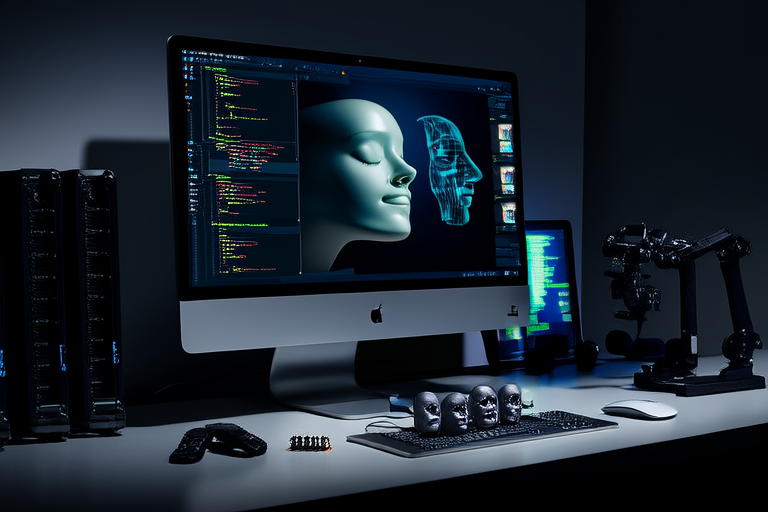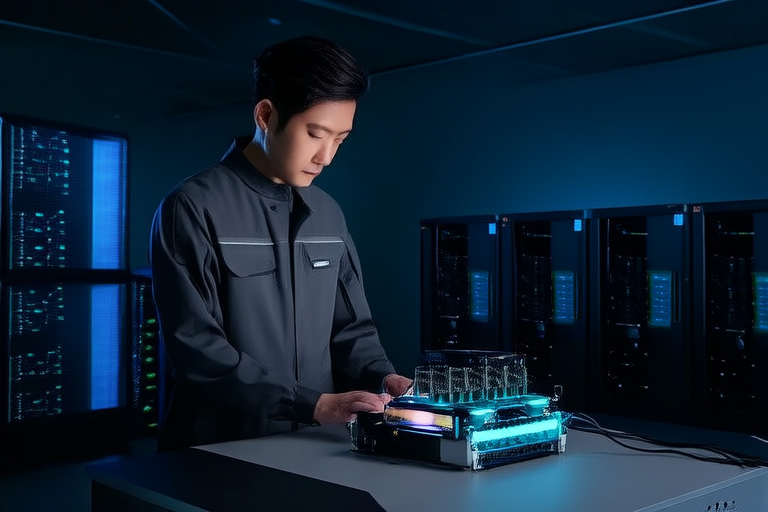“`html
Breaking Barriers: Advancements in Computer Vision for Enhanced User Experience
Introduction
Computer vision is an interdisciplinary field that focuses on enabling computers to interpret and understand visual information from the world around us. By leveraging advanced algorithms and machine learning techniques, computer vision systems can analyze images and videos to extract meaningful insights. These advancements have revolutionized various industries, from healthcare and automotive to retail and entertainment.
The importance of these developments cannot be overstated, as they significantly enhance user experience by offering more intuitive, personalized, and convenient interactions. As we delve deeper into the capabilities of computer vision, it becomes evident that its potential is boundless, promising to transform our daily lives in ways previously unimaginable.
Understanding Computer Vision
At its core, computer vision involves several key components, including image processing, pattern recognition, and machine learning. Image processing refers to the manipulation and analysis of digital images to extract useful information. Pattern recognition enables systems to identify and categorize objects based on their characteristics. Machine learning, particularly deep learning, plays a crucial role in training models to recognize patterns and make predictions with high accuracy.
The evolution of computer vision technologies has been marked by significant milestones. Early efforts focused on basic image analysis, but rapid advancements in computational power and algorithmic innovation have propelled the field forward. Key breakthroughs include the development of convolutional neural networks (CNNs) and the introduction of deep learning frameworks, which have dramatically improved the performance and efficiency of computer vision systems.
Current Applications
Today, computer vision is integrated into numerous applications that enhance user experience across various sectors. In everyday life, facial recognition technology is widely used for secure access control and personalized recommendations. Object detection systems enable autonomous vehicles to navigate safely and efficiently, while augmented reality (AR) applications provide immersive experiences in gaming and education.
In healthcare, computer vision aids in medical imaging analysis, helping radiologists detect abnormalities with greater precision. The automotive industry leverages computer vision for advanced driver-assistance systems (ADAS), improving road safety and reducing accidents. Retailers use computer vision to optimize inventory management and enhance customer engagement through personalized shopping experiences. Entertainment companies employ computer vision to create interactive content and virtual reality (VR) environments.
These applications not only streamline processes but also offer users more tailored and convenient interactions, thereby elevating overall satisfaction and engagement.
Technological Breakthroughs
Recent advancements in computer vision have been driven by innovations in deep learning algorithms, neural networks, and edge computing. Deep learning algorithms, particularly CNNs, have become the backbone of many computer vision systems, enabling them to process large volumes of data with remarkable speed and accuracy. Neural networks, especially those trained on vast datasets, have achieved unprecedented levels of performance in tasks such as image classification and object detection.
Edge computing has further enhanced the capabilities of computer vision by bringing processing closer to the source of data, reducing latency and improving real-time responsiveness. This technology allows for more seamless and intuitive user interactions, ensuring that systems can adapt quickly to changing environments and user needs.
Advancements like real-time image processing, improved accuracy, and reduced latency contribute to more efficient and reliable computer vision systems, paving the way for even more sophisticated applications in the future.
Challenges and Future Prospects
Despite the remarkable progress in computer vision, several challenges remain. Privacy concerns, data security, and ethical considerations are paramount as these technologies become increasingly pervasive. Ensuring that user data is protected and that systems operate transparently and responsibly is essential for building trust and fostering widespread adoption.
Looking ahead, future trends in computer vision promise exciting breakthroughs. Emerging technologies such as quantum computing and neuromorphic hardware could further accelerate processing speeds and enhance the capabilities of existing systems. Additionally, the integration of computer vision with other cutting-edge fields like artificial intelligence (AI) and robotics holds immense potential for creating smarter, more adaptable machines.
Ongoing research and development will continue to push the boundaries of what is possible, driving innovation and transforming industries in ways we are only beginning to imagine.
Conclusion
Computer vision has emerged as a powerful tool with the potential to revolutionize user experience across multiple domains. From healthcare to entertainment, its applications offer more intuitive, personalized, and convenient interactions, significantly enhancing user satisfaction and engagement. As we continue to witness breakthroughs in technology and address associated challenges, the future of computer vision looks brighter than ever.
With ongoing advancements in deep learning, neural networks, and edge computing, the possibilities are endless. The transformative impact of computer vision on user experience is undeniable, and its continued evolution promises to unlock new frontiers in human-computer interaction.
“`




